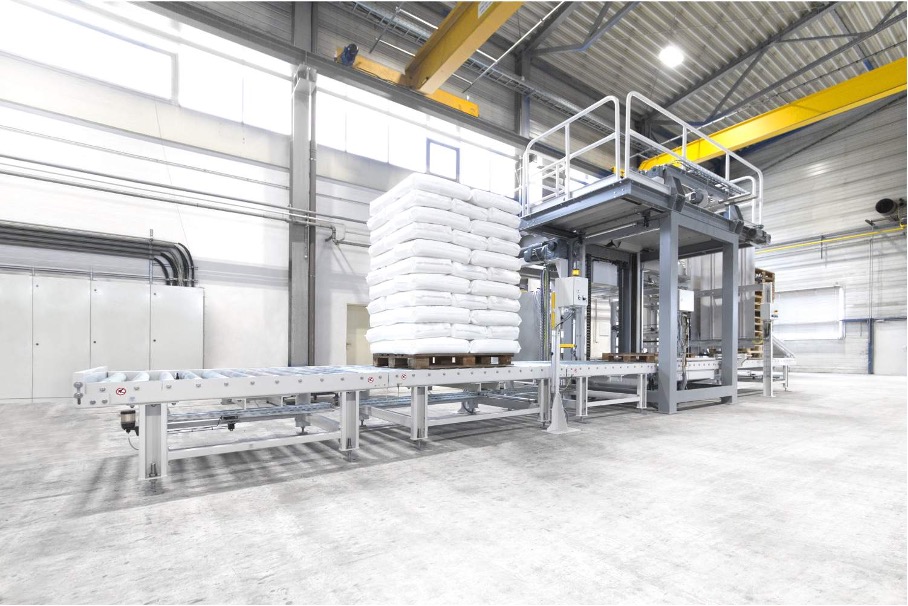Robotic palletizers work by stacking and orienting several individual products into a single load for more efficient handling, storage and shipping. This concept is known as unit load. Often palletizing robots lift and lower products, move them straight or in two dimensions, and align the product according to a specific pattern.
Layer-wise Order Picking
In order to meet customer expectations of faster deliveries, warehouses are becoming more efficient by incorporating robotic technology into their packaging processes. Whether it’s by automating a traditional picking process, or simply by keeping inventory at ground level where pickers can easily access it, Robotic palletizers can help drive more productivity in the packaging and palletizing processand reduce overall operating costs.
A layer-wise order picking system is the best way to take advantage of this. With this type of system, cartons and pallets are directed via a conveyor belt to the correct areas for picking.
As a result, it is able to pick a variety of package types.
In addition to speeding up the picking process, layer-wise order picking systems also allow for more flexible operations in the supply chain. This means that a business can take on higher volumes of orders and more complex packaging.
Layer-wise Depalletizing
Robotic palletizers are the ideal solution for any manufacturing operation. They save floor space, provide a higher level of product quality, and are highly reliable.
Depalletizing is a process in which the products on a pallet are transferred onto another pallet for storage or packaging. This is especially important after delivery, as goods can change position during shipping.
Robotic palletizers transfer products and sort them consistently which reduces errors and the likelihood of damage to items. Aside from the added productivity, robotic depalletizers are also a cost-effective solution to improve efficiency and increase the effectiveness of your operations. They can handle a wide range of products and require fewer downtimes.
Layer-wise Layer Forming
If you’re looking for a robotic palletizer that can handle the widest variety of products and packaging types, layer-wise is the way to go. It can pick up multiple layers of product at a time without requiring a break between pick cycles.
The system works by moving product from an infeed conveyor to a staging area, where it’s oriented using sortation shoes, pushers, or robotic arms. Once positioned, the merchandise is conveyed to an end stop in a predetermined configuration and lifted to a pallet.
This approach has several benefits over conventional systems, which require a series of conveyors to move product and orient it. For example, it can handle SKUs with varying thicknesses and materials, which is important when dealing with different product and package types. It can also handle high stacking counts and multiple SKUs per pallet in multi-line operations.
Layer-wise Roll-Up
When a warehouse retailer receives boxes of products in display-ready pallets, they want to stack the boxes so that the labels are easily seen from all directions. A robotic palletizer can be programmed to create a multiple-layer pattern for the boxes, ensuring that labels are clearly visible.
A single in-line palletizer can serve one or more packaging lines; each line may carry the same or unique product SKUs. This type of palletizer is typically made with articulated arms and custom-made end-of-arm-tools.
Articulated palletizers are often used in high-speed production environments that require a flexible palletizing solution.
Robotic palletizers can also be mixed in configurations with conventional palletizers, or hybrid palletizers that utilize both types of robots. These systems have many advantages over traditional palletizers, including cheaper investment costs, ability to serve multiple lines, versatility in operation and compactness.
All in all, it is important to consider what conditions you have available in the company. That is, what material, what shape and what space are given. A flexible and fully automatic palletizing system offers you not only production reliability but also many other advantages such as cost reductions and faster goods turnover.







